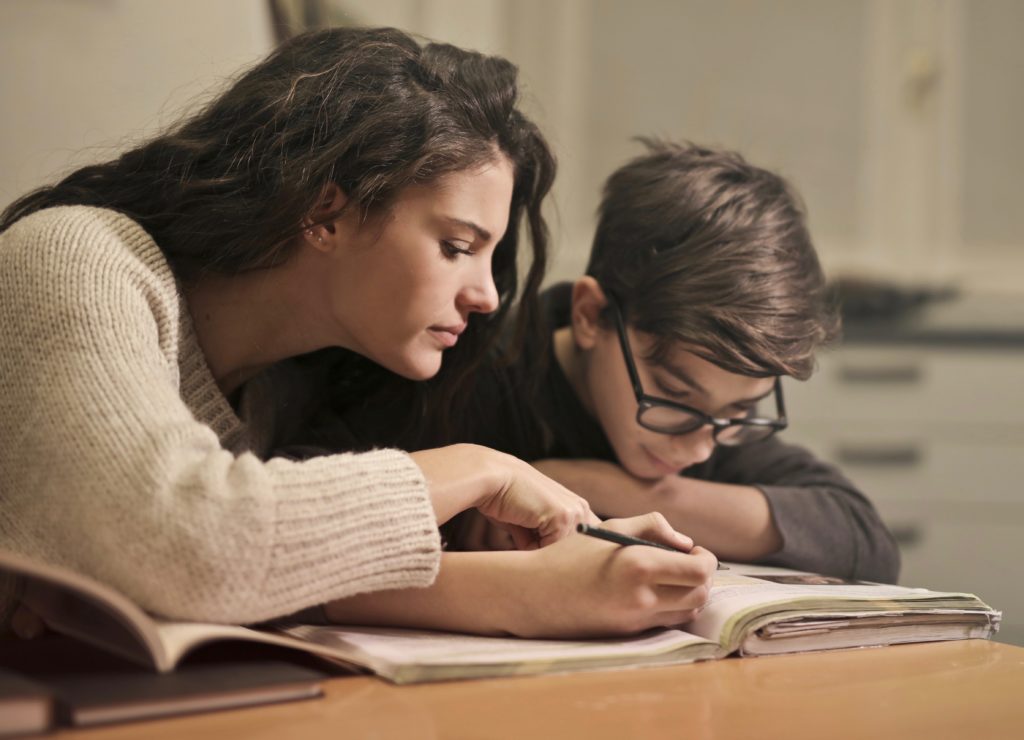D.C. Students’ Pandemic Learning Loss Higher Than U.S. Average
By • September 6, 2022 2 2345

Just released scores from the national academic report on elementary and high school academic achievement known as PARCC, show that school children in Washington, D.C., public and charter schools experienced learning losses in math and reading above the historic drops recorded nationally.
Third-to-eighth graders and high school students who were required to be tested in the spring showed a national drop of 7 points in math and 5 points in reading. In the District, the overall loss in math was 12 percent (from 31 percent who passed the test in 2019 to 19 percent in 2022 – the lowest ever recorded in the city). Overall D.C. student scores fell 8 points in reading – from 38 percent who were reading at grade level in 2019 to only 30 percent in 2022. Losses were even greater for Black students in the District. “Two decades of academic progress has been erased,” according to The Washington Post.
Lower scores were expected, according to D.C. school officials, after the past two difficult years when schools were closed and remote learning and then restricted schooling with vaccine, masking and social distancing mandates dominated education delivery since March 2020.
“The most harm from the pandemic has been done to students with the greatest needs,” Deputy Mayor for Education Paul Kihn said. “But the trends and widening gaps are national. In the District, interim data from local education agencies suggest that students are indeed on a path to recovery.”
The Partnership for Assessment of Readiness for College and Careers develop and administer the congressionally authorized standardized exams for the Department of Education mandated to be given in every state each spring. The National Education Statistics Center analyzes the data and every fall, issues the Assessment of Educational Progress — its “national report card.” The losses reported this year are national and were somewhat expected, according to NESC. Most experts blame the closure of schools due to pandemic concerns for the fall of student achievement.
School closures varied by states, however. D.C. schools under the authority of the mayor’s office were kept closed longer than most states, thereby exasperating the “clearly damaging time when children were denied face-to-face classroom time,” wrote the Wall Street Journal in its lead editorial on Sept. 2. The Wall Street Journal echoed many educational experts who blamed the American Federation of Teachers –- the nation’s largest national teachers’ union — for its campaigns to keep teachers out of the classroom and schools closed, even after schools in Europe and Florida opened without damaging consequences. “National test results reveal the damage from school closures,” the WSJ concluded.
On Sept. 6, Randi Weingarten, the AFT President, wrote in a rebuttal letter to the WSJ editor claiming that it wasn’t her union but President Trump’s education secretary (2017 to 2020) Betsy DeVos who was to blame. “It was DeVos who championed remote and hybrid learning,” Weingarten wrote.
“There is little value in pointing fingers and casting blame,” proclaims a Washington Post editorial on Sept. 6. “What is needed is an action plan for what schools can do.” The Office of the State Superintendent of Schools is putting about $40 million into hiring and training “high impact tutors -– especially for reading. New curriculum includes training teachers to teach reading based on phonics. In addition, a new math curriculum called “illustrative math” will allow teachers to enhance math instruction especially for our secondary students,” according to DC Public Schools Chancellor Lewis B. Ferebee. Congress has allocated $190 billion to schools to help with the pandemic responses.


These are two very different tests and the headline and content are misleading and inaccurate. NAEP long-term trend and PARCC are significantly different tests with vastly different age groups assessed. You cannot compare between the two sets of data. When NAEP 4th and 8th grade state results come out in October, we will know this for sure one way or another. I suggest retracting this article.
Two points not mentioned in the article:
1) the peer reviewed work shows these types of interruption based learning losses are mostly permanent and will last the lifetimes of these students.
2) Looks like across the US, and internationally as well, on average, the decrease in learning aligns with proportion of days without in person schooling. in other words the country that had the most days of school closings (the US) had the most harm to kids; and within the US, the districts that had the most lost days of in person learning had the the most harm. Child psychologists and pediatricians are also warning there are probably present a suite of other negative affects from school closures we will see in the stats as this school age generation matures, including increase in obesity and socialization/mental health issues.
I certainly was not against some amount of closing. But the US, profoundly more than other developed nations, and within the US, urban areas had the most, and the greatest declines in average intellectual development and the largest increase in learning gaps. That was predicted if we went with more closures than average, and we now see it.